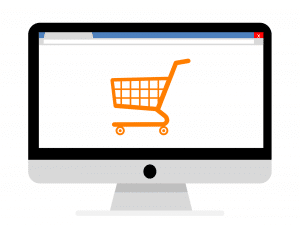What it Takes to Run a Responsible and Sustainable Ecommerce Business

These days, businesses are very eager to make themselves greener, more responsible, and more sustainable. But that’s something that can often be overlooked or ignored in the world of e-commerce. But just because a lot of the work involved in running an e-commerce business takes place online, that doesn’t mean that more can’t be done to make these kinds of businesses greener and more sustainable. That’s what we’re going to take a look at in more depth below, so read on to find out more.
Look for Energy-Efficient Web Hosting
Web hosting is something that can be very inefficient in terms of energy usage, and that’s something that your business needs to take a look at. There are specific web hosting companies that place a focus on making their services more energy-efficient, and that can only be a good thing for your prospects of achieving true sustainability. Maybe it’s time to look at these options closer.
Put in Place a Recycling Policy
If you don’t already have a policy for recycling leftover materials and things that don’t end up getting used, this is something that you definitely need to look at. Materials could end up going to waste or ending up in landfills unnecessarily if you don’t have a strong recycling policy in place, and that’s obviously not what you want to happen at all.
Reassess Your Approach to Packaging
Packaging is another big area that’s undergoing a change in the world of retail right now. Companies are now looking at ways of packing products that don’t use so much plastic. Instead, companies like yours should be looking at biodegradable options that are much better for the planet. And think about the packaging you use in the shipping process too. There are plenty of sustainable options out there.
Improve Your Efficiency with the Help of the Right Digital Tools
If you want to change the way in which your business operates, making it more efficient and more productive, you should take a look at the digital tools out there that’ll help you to do that. There are plenty of them and it makes sense to take advantage of what they can offer. Wasted time and low efficiency are never sustainable. Things like Amazon seller software tools and other digital seller tools can be very beneficial.
Work to Reduce the Energy Waste of Your Ecommerce Business
You should look at how your business in general is using energy and then find ways to cut out the waste. If you have a team of people, letting them work at home can save energy because they won’t need to commute. And in a digital business, that’s something that makes a lot of sense to do.
As you can see, there are plenty of ways in which you can make your e-commerce business more sustainable and more responsible moving forward. It’s an area that’s often overlooked by digital business owners but that shouldn’t be the case. There’s always more that we can do to do business responsibly.


